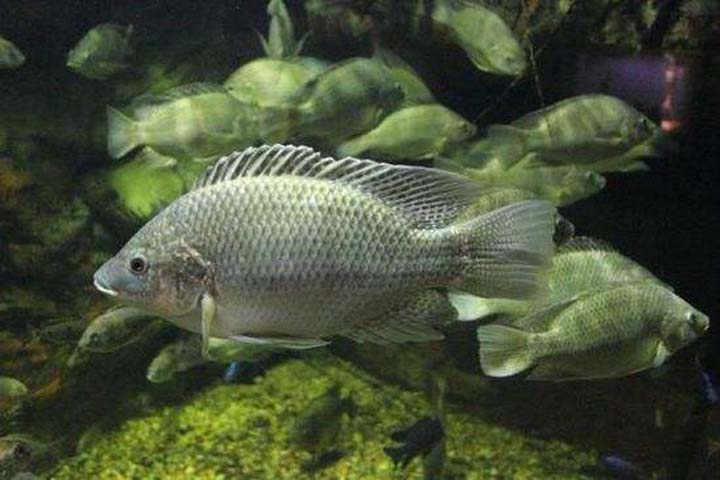Fish feed, as the name suggests, is feed for fish. Its main ingredients are protein, fat, vitamins and minerals. Protein is an important nutrient for the survival of fish and shrimp, and is an important constituent of the body’s cells, tissues and organs. The normal growth of fish requires a sufficient amount of protein in the feed, easy digestion and absorption, and suitable amino acid ratios. Insufficient protein intake by fish results in slow growth, decreased body immunity, slow tissue renewal, poor wound healing, and susceptibility to disease. Fish feed machine, also known as extruder or granulator, can output fish feed. Our fish feed production line can produce both floating fish food and sinking fish feed.

What is fish feed formulation?
A good fish feed formulation can supplement the nutrition required for farmed fish, not only ensure the normal growth of the fish, but also enhance the fish’s immunity and reduce the probability of disease. In recent years, the rapid development of freshwater aquaculture has led to the rapid development of fish feed. Feed factories around the world have launched a large number of species and specifications of fish feed. However, many feed mills still produce and sell according to the model of livestock and poultry feed, which is not suitable for freshwater aquaculture, which brings losses to farmers. In order to increase fish production and reduce fish farming costs, it is particularly important to understand the main points of fish feed design and processing.
Before designing a reasonable fish feed formula, the species and growth stages of the fish must be clarified in order to determine the proportion of nutrients such as protein and energy in the feed. It is necessary not only to meet the protein needs of fish growth, but also to make the ratio of energy to protein moderate. Too high or too low energy protein ratio is not good for fish growth.
When designing the formula, the relationship between feed nutrition level and bulk density must be considered. It is necessary to ensure that the fish can take in sufficient nutrients and make them feel full. Fish mainly uses protein as an energy source, and has lower utilization of fats and sugars, so the demand for protein is higher than that of livestock and poultry.
The requirements for various nutrients are different at different stages of fish growth. For example, the protein content of carp juvenile feed is 41% to 43%, fingerlings 37% to 42%, and adult fish 28% to 32%.
How is fish feed made?
The process flow of fish feed consists of mixing raw material, pelletizing fish feed by extruder, drying fish feed, spraying oil to it, cooling it and finally package it into bags. The whole fish feed production line includes crusher, mixer, screw conveyor, extruder, pneumatic conveyor, dryer, bucket conveyor, counter flow cooler, roller sprayer, bucket conveyor, finished product bin, and packing machine. The main machine of fish feed production line is extruder. It squeezes the fish feed pellet through the molds at the outlet. You can get different size of feed pellet by changing the molds with different sizes of holes.

The conveyors can make the whole process more automatically, which saves a lot of human labor to a great extent.
Click the following link to see more details about our fish feed production line. https://pelletmillmachine.com/feed-extruder-production-line-fish-feed-production-line/





